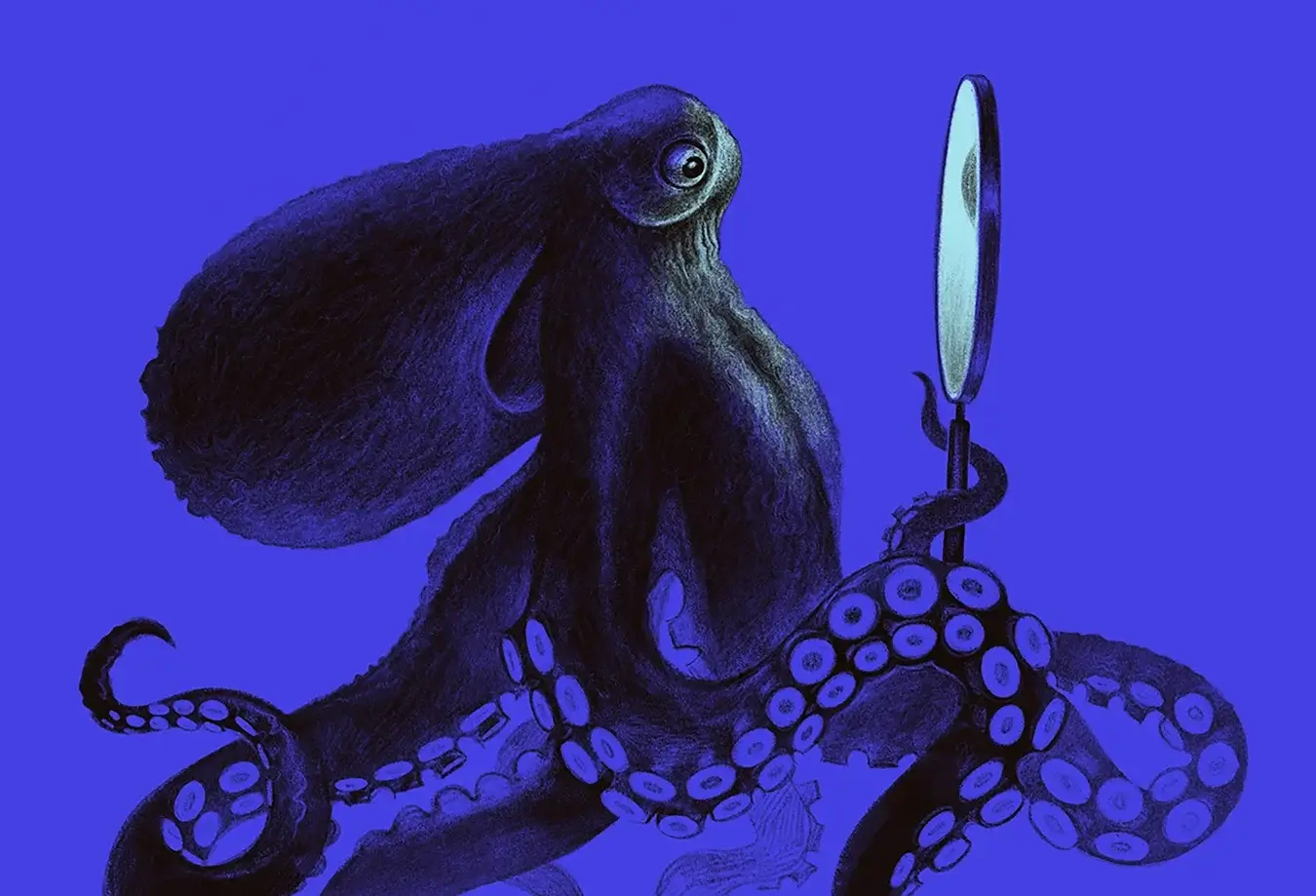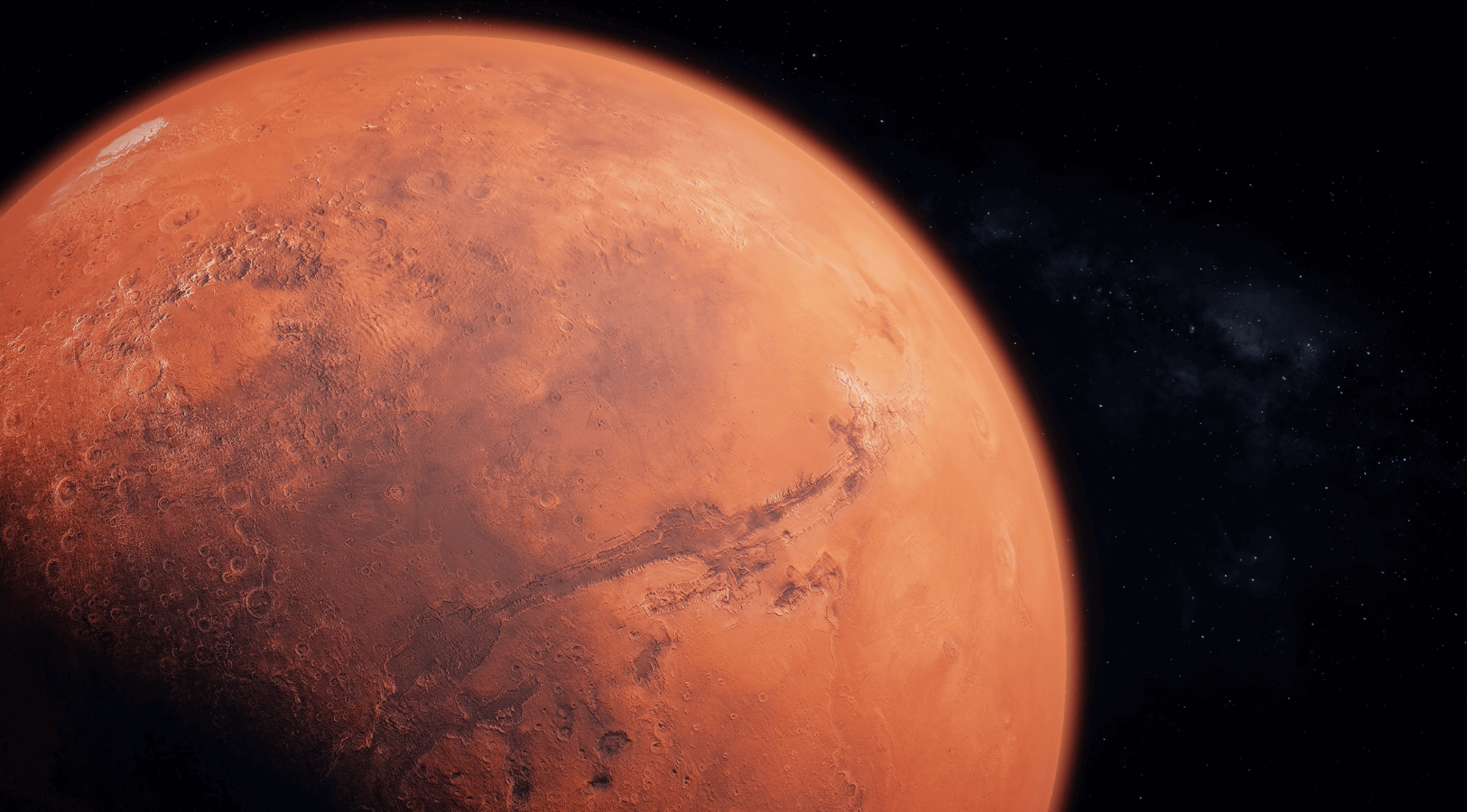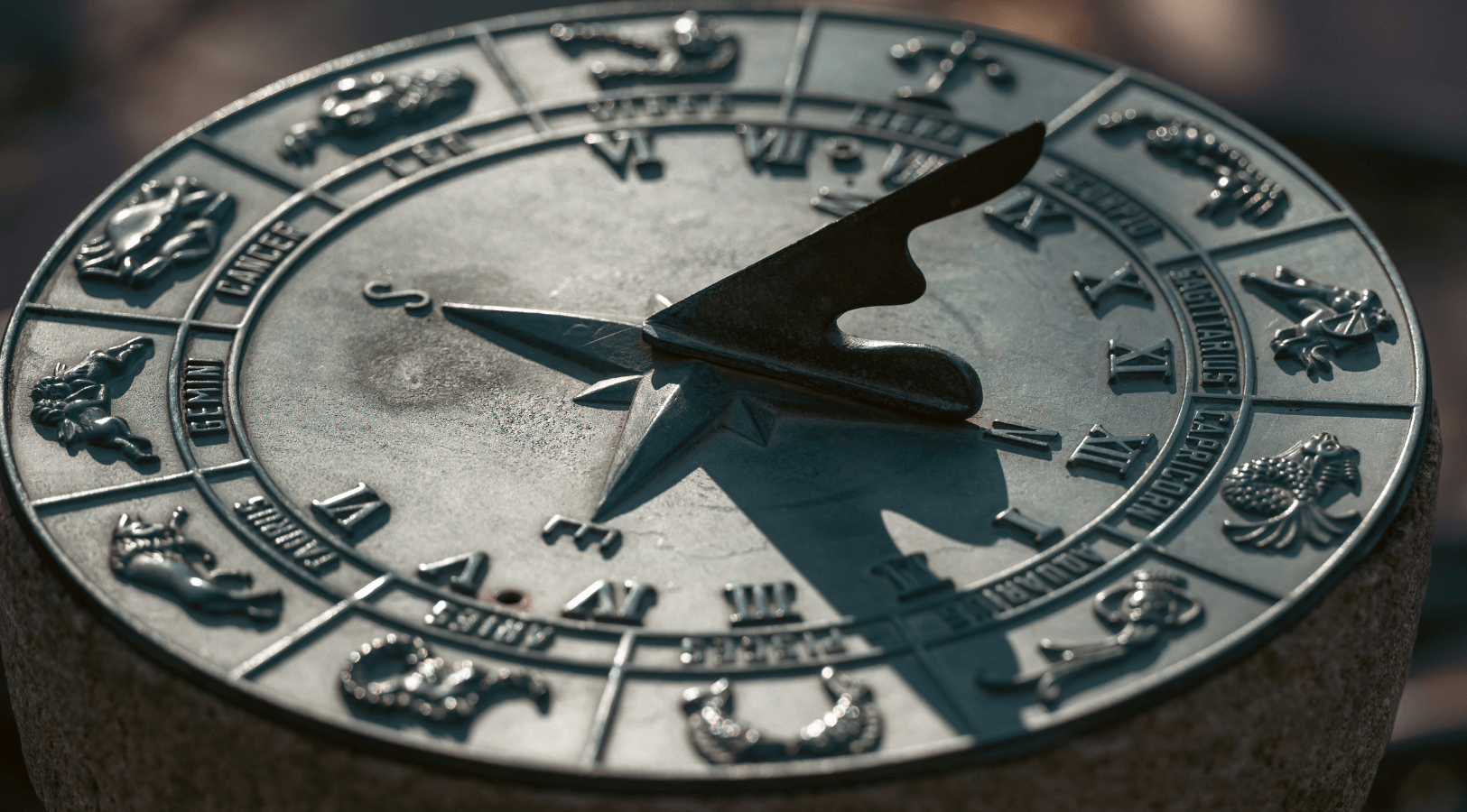This compelling exploration delves into how scientists and philosophers are tracing the elusive spark of consciousness beyond humans—to animals and even machines. For humans, consciousness is obvious. But for creatures and AI, researchers look for behavioral, neurological, and computational footprints—like self-recognition in mirrors, episodic memory, goal-directed actions, brain activity patterns, and signs of subjective experience.
In animals, methods such as the mirror (or mark) test reveal self-awareness, with species like great apes, dolphins, and elephants passing successfully. Other indicators include play, joy responses, emotional bias, and simple illusions—behaviors that hint at inner states.
When it comes to AI, researchers are designing frameworks based on human consciousness theories—checking for indicators like self-modeling, adaptability, and introspection. So far, no AI meets these thresholds yet, but future architectures might.








